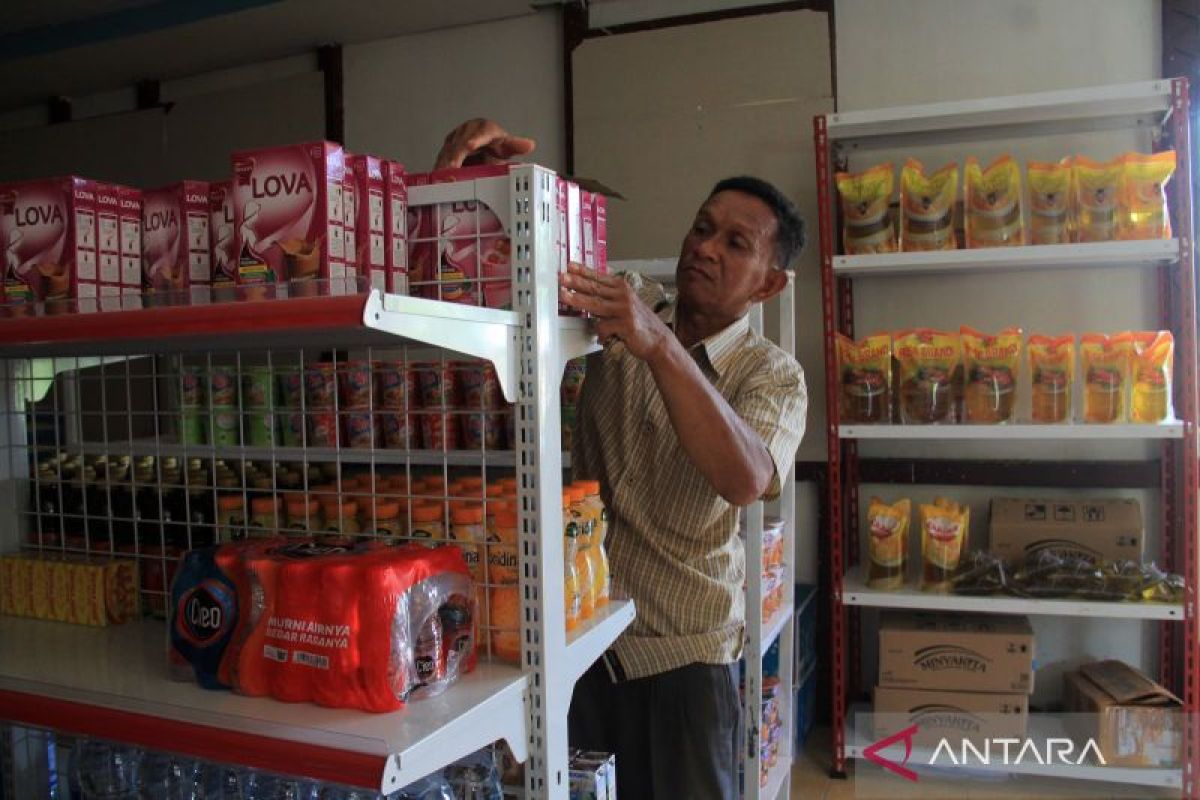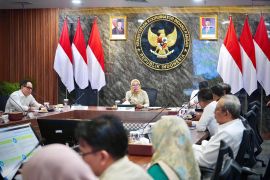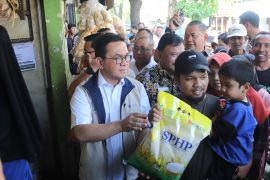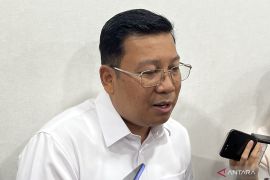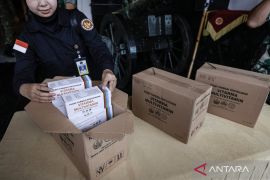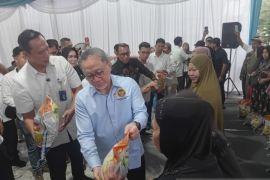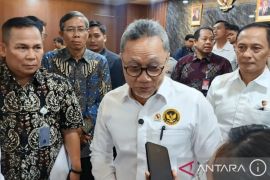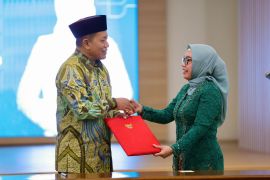In an official statement issued on Sunday, he said that preparations for the inauguration are nearly complete, and the cooperatives will be introduced to the public through a virtual ceremony.
The model cooperatives are intended to inspire other village cooperatives to replicate the ecosystem established through these pilot initiatives, helping to streamline future operations.
According to Setiadi, each cooperative is designed as a fully integrated business entity, featuring units such as staple goods stores and health clinics. They will also participate in the distribution of government assistance, subsidized LPG, and fertilizers.
"These cooperatives will symbolize collaboration and the economic independence of villages," he said. "We want villages to become the foundation for a national economic revival."
The minister noted that the operations of the 103 model cooperatives are backed by financing from state-owned banks and the Revolving Fund Management Institution (LPDB).
The financing scheme is designed to improve cooperative access to funding while upholding prudential standards and long-term business sustainability.
A regulation from the Finance Minister — currently in preparation — will govern the financing process.
As of July 13, a total of 81,147 “Red and White Village Cooperatives” have been established through special village meetings, with 77,888 of them already attaining legal entity status.
Beyond the inauguration, Setiadi emphasized that the task force for village cooperatives will focus on providing operational support, including business development and cooperative management training.
Related news: Village co-operatives tools for economic empowerment: minister
Related news: Village cooperatives aim to end loan shark chains
Translator: Arnidhya Nur, Raka Adji
Editor: Anton Santoso
Copyright © ANTARA 2025
